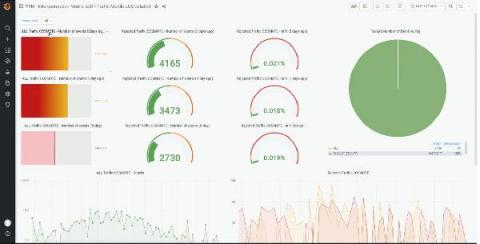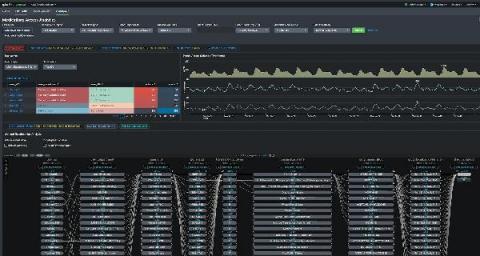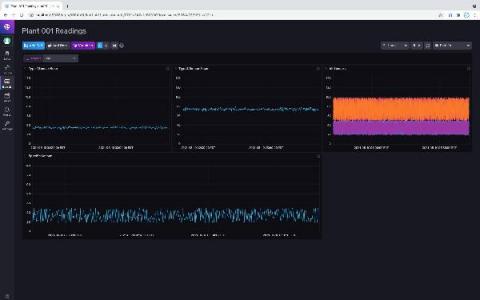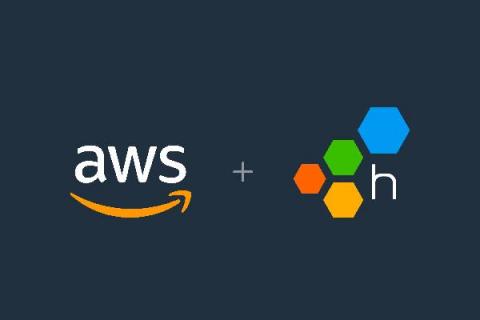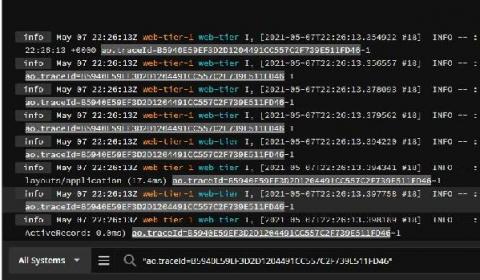How one mobile company is using Grafana Enterprise for billing system observability and beyond
Calling or texting with a mobile phone may seem like a simple process, but behind the scenes, network providers are engaged in a constant exchange of transactions to pay each other for connecting their customers. If telecom companies don’t stay on top of the data and billing, they could be surprised with their own big bills at the end of each month. Cosmote, the largest mobile network in Greece, handles the challenge by using Grafana Enterprise.


